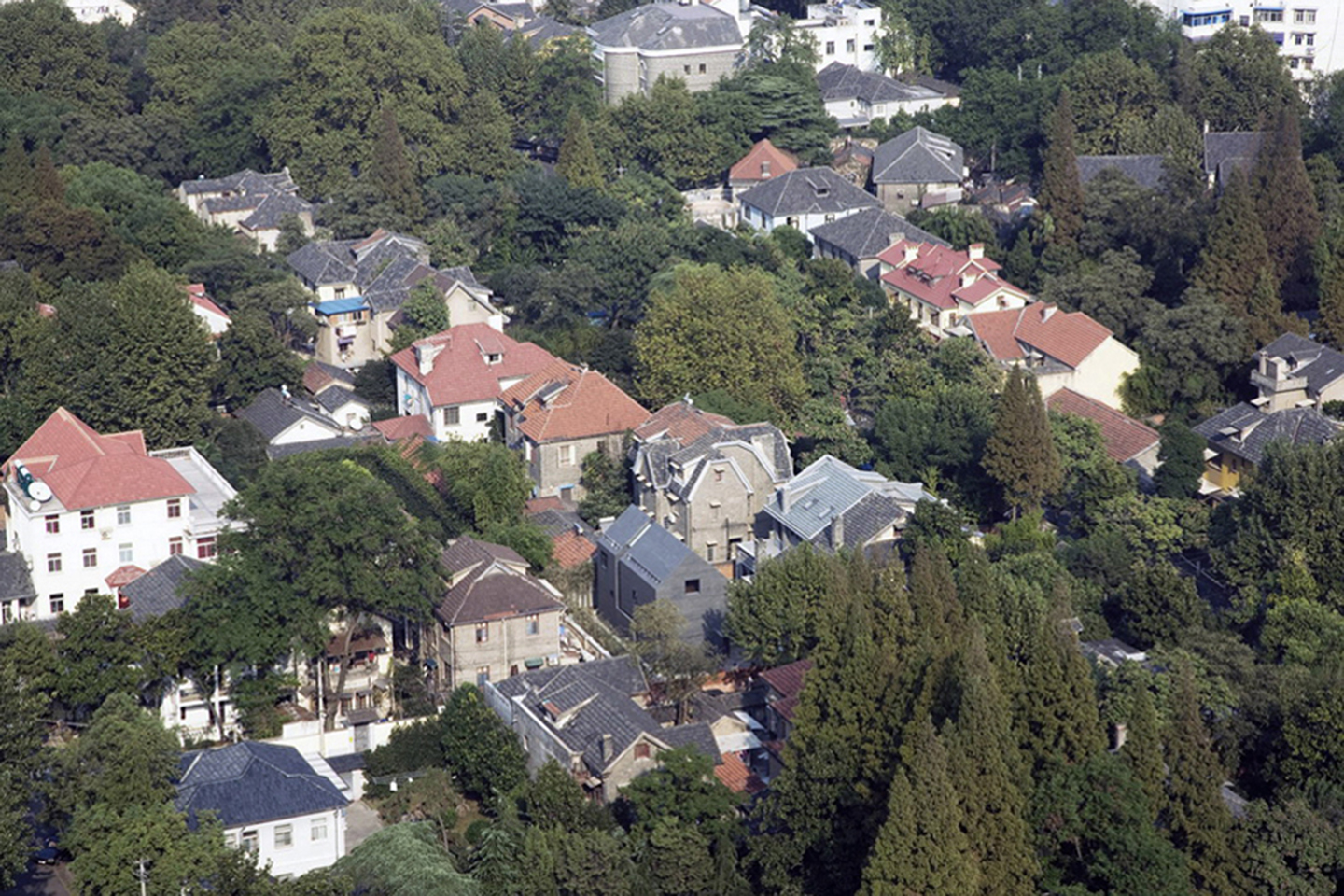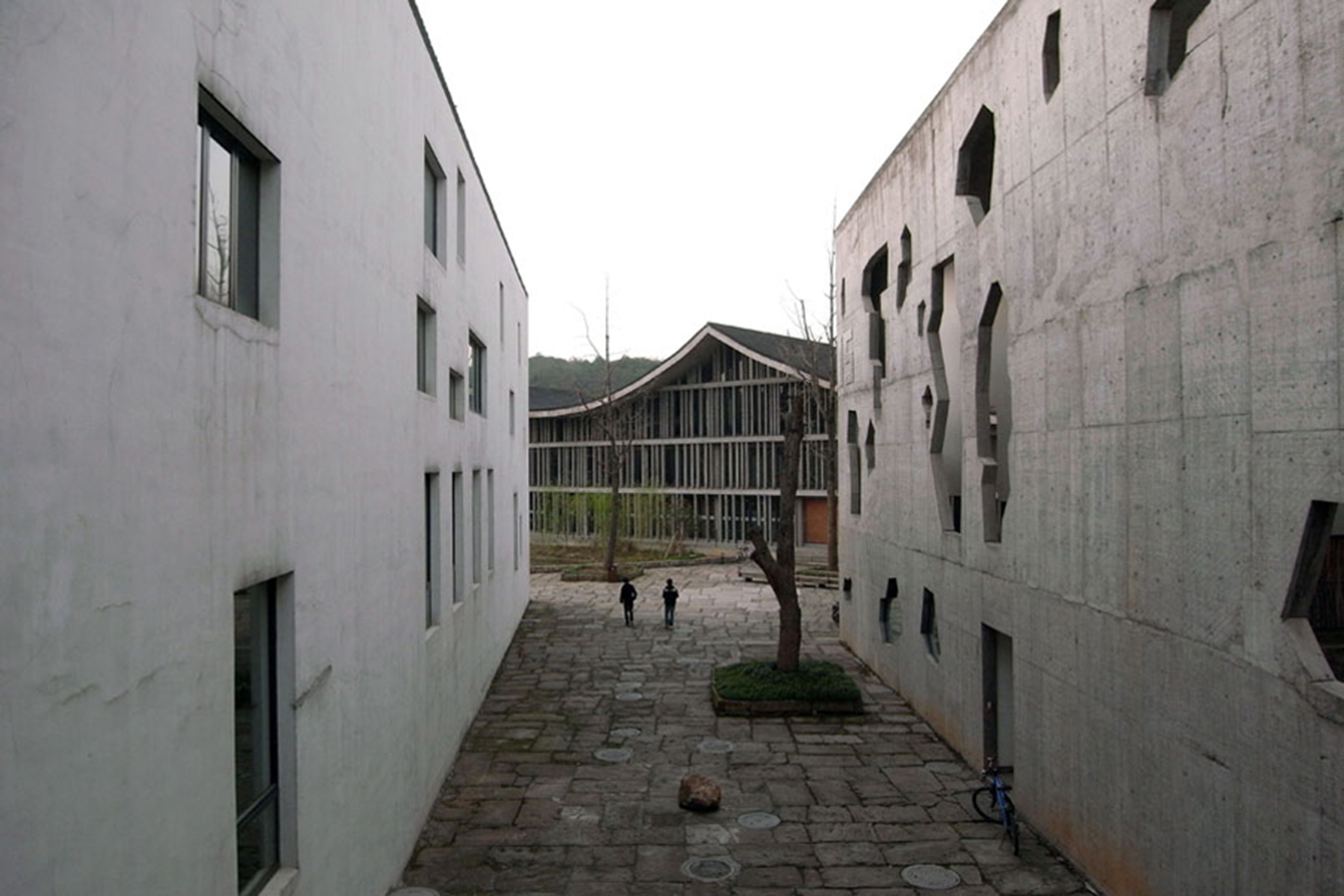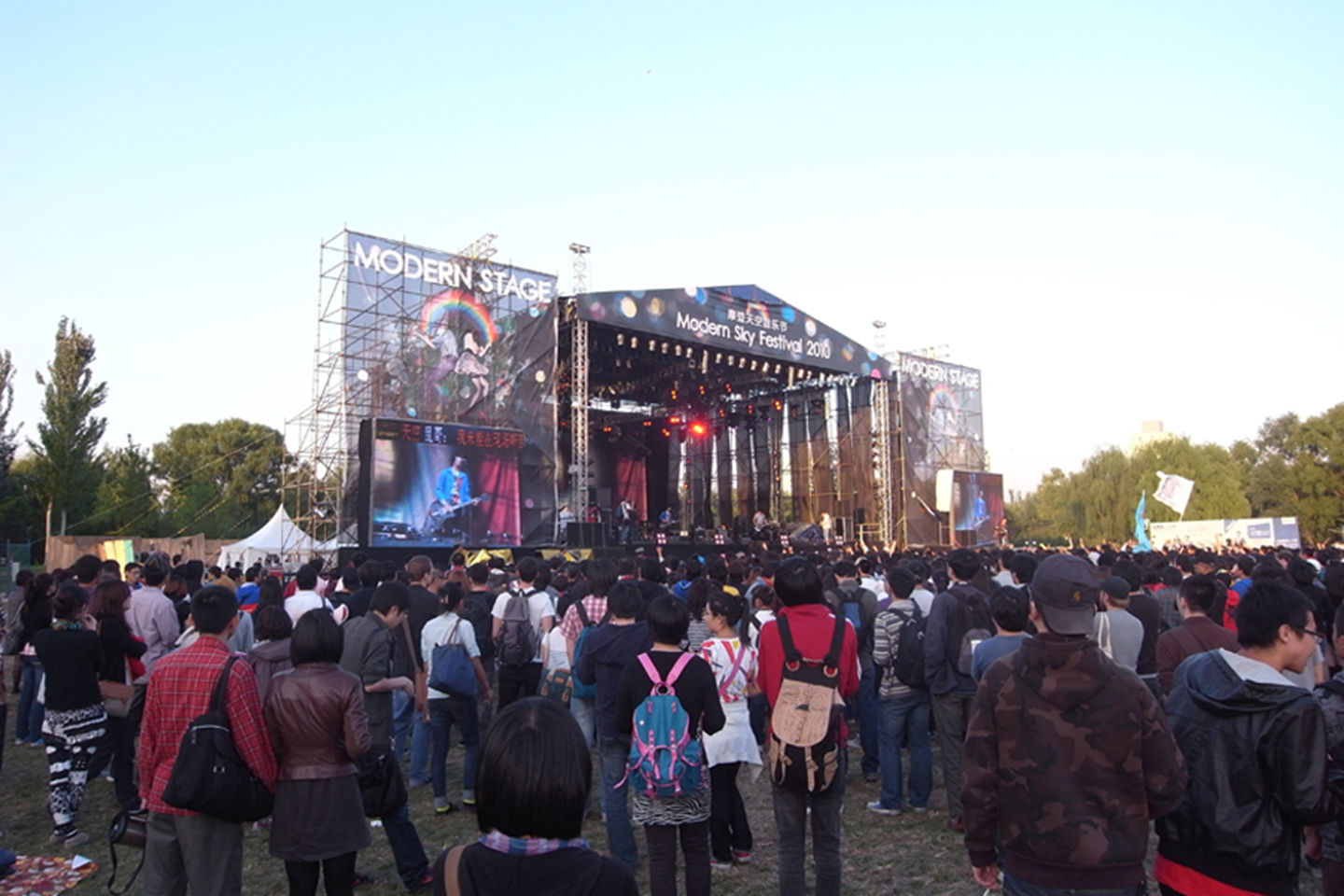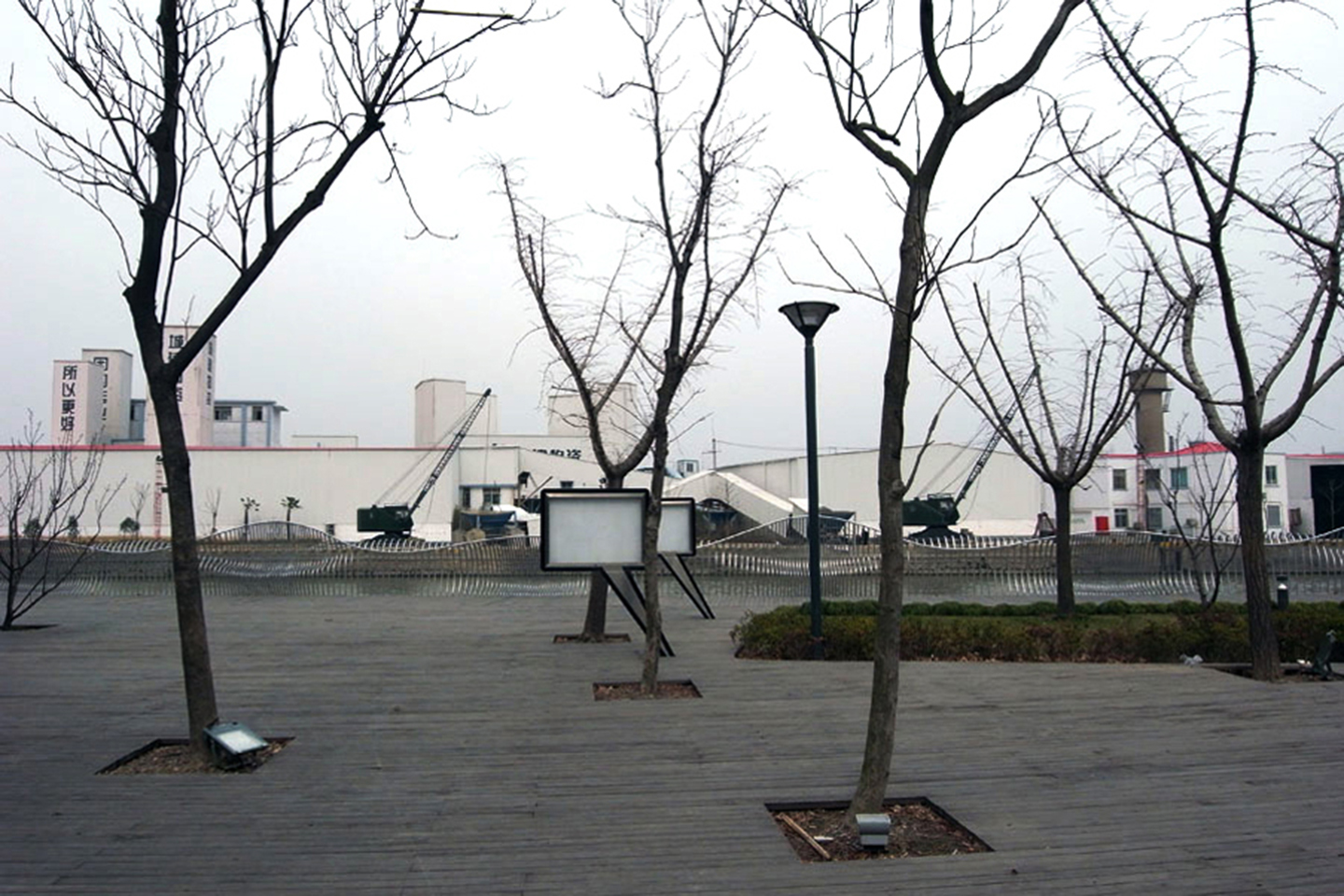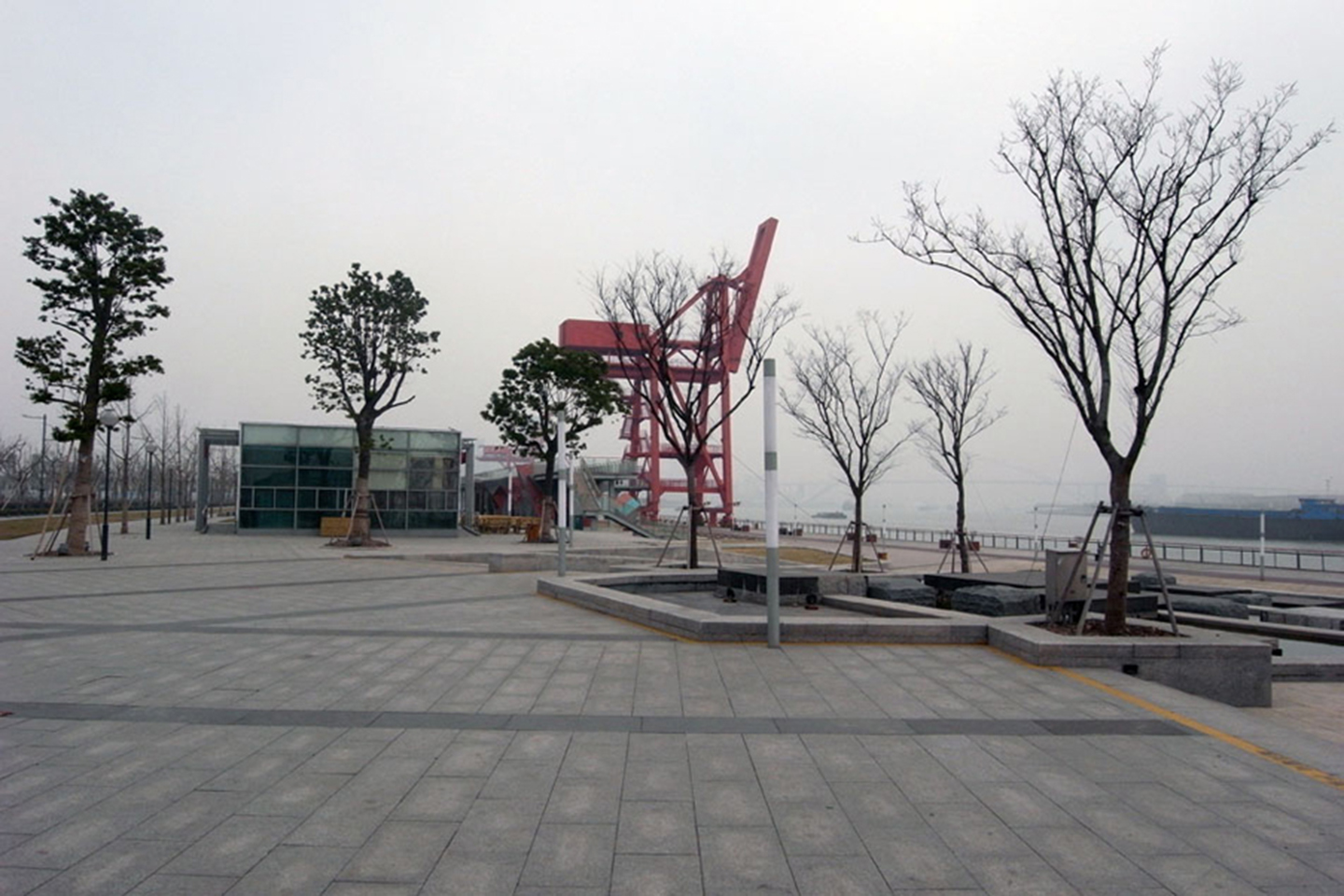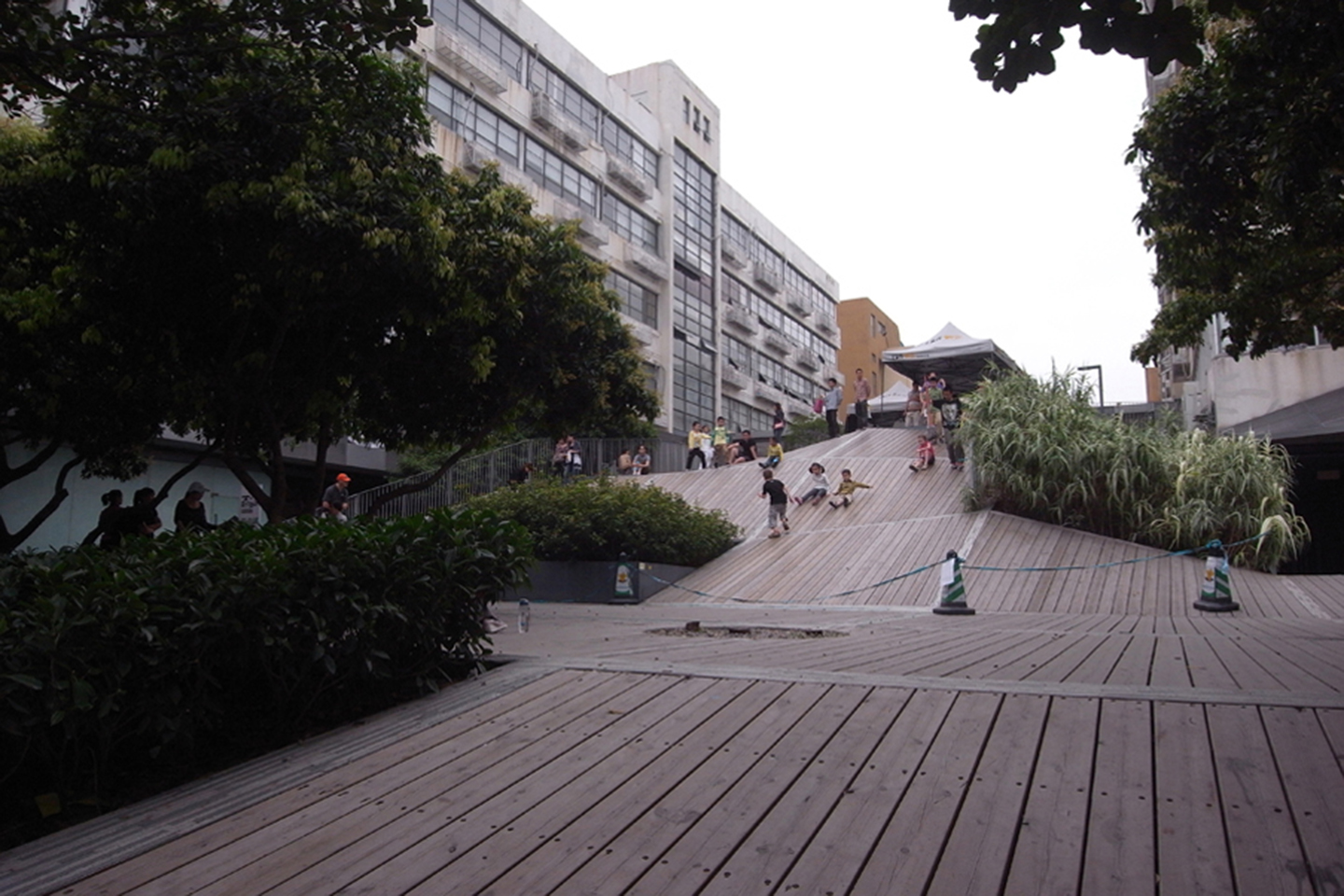In China, a new cast of pivotal Urban Actors
As part of the inaugural conference Alternative City: New spaces – New Perspectives, held on April 15, 2012 at the UCCA (798), Jérémie Descamps underlines the links between top actors and those emerging in the Chinese urban sphere, and the direct or indirect impacts of their practices on the quality of new urban development and existing Chinese cities. Based on examples culled from his work in architecture, urban development and landscape projects, and his experiences visiting several locales, Descamps explains, from the actions or initiatives of six major groups of actors, major achievements in improving the quality of urban life in China, and what would be, according to him, aspects that now need to be strengthened and improved.
The idea of an “alternative city” seems to be rather subjective: anyone can make it his or her own and approach it according to their own personal experience of the city or field of expertise. The “Alternative City” is a combination of actions initiated by various actors – from the state, the professional sphere, and local citizens – working on physical or virtual media. On the one hand, individual initiatives are related to the daily experience of city life. On the other hand, if we focus on this issue in relation to the Chinese city, rapid urbanization has generated new spaces, theoretical thoughts, experimentation, and constant adaptations to the customs and needs of the people.
In China today, one can observe a significant increase in the number of several types of actors: collective, individual, associative, and those from civil society who are continuously emerging from new urban contexts and pushing for policy adjustments and amendments. There are designers, developers, and institutions working for a more vigorous and collaborative urban development based on how policy decisions and actions actually affect the daily lives of residents. Yet in China’s present urban context, there has not only been a proliferation in the number of urban actors and stakeholders, but within discrete categories and groups themselves (e.g. “developers”, “preservationists”, “urban residents”, etc.) perspectives and approaches have multiplied considerably.
Press stakeholders – the debate is on
The urban China debate has become increasingly heated within Chinese and Western media outlets. Until around 2005, and to some degree even afterward, the urban question was very much a “political” one: the kind of information about cities we were looking for was only to be found in urban planning museums or restricted to universities or specialists.
The book City Record by Wang Jun, a bestseller republished several times, may be a fruitful starting point. In this work, Wang explores the essence of Beijing and the importance of the preservation of the city. Wang Jun is a prominent Xinhua journalist.
Today, media accounts on China’s urban issues have multiplied considerably. From the work of publicized researchers like Wu Fulong, who asserts the importance of conserving urban villages around large cities, to recent debates on the urbanization rate and China’s new social realities in the economic magazine Caixin; from two ‘sensational’ interviews given by Zhang Song, a professor at Tongji University, who critically denounced the city as an “economic machine” that works at the expense of communities and local cultures, to the recent mobilization of Chinese media against the destruction of Liang Sicheng’s historic home which may have come rather belatedly. One might also consider the reaction to the scheduled destruction of the Gulou district which has also aroused some controversy, detailed in the China Daily under the headline “Not another Qianmen?” The list of featured stories continues to grow.
It feels like the debate is on, while new ways to describe Chinese urban issues are emerging. This diffusion directly affects the citizen, who is then drawn in, reacting to and seizing these issues, making them their own.
Public stakeholders: spatial “acupuncture”
However, China’s changing urban landscape is far from completely uniform. In the Changjiang Delta, many new and innovative projects are currently underway. Among others enterprises and initiatives here, there are new modernized public spaces being erected with particular attention being given to surrounding landscaped areas. New out-of-the-ordinary buildings are also being constructed.
It therefore appears that some kind of ameliorative landscape “acupuncture” is occurring throughout China; a source of rest and calm for urban areas in Shanghai, Ningbo, Hangzhou and Nanjing, to name but a few locations where such projects are underway. More and more of these kinds of contemporary public spaces are being created for local citizens, forming new anchor points around which the city is being (re)made. These areas seem to be quite attractive to people. Public developers manage development projects under the supervision of local authorities, who are gradually becoming more open and discerning. We recently met the Chinese developer of “Shanghai Corniche” park, opposite the World Expo on the Puxi shore, who has opted for high-level design as a solution to scale control and water management. This developer also had strong and concrete guiding principles for the project – the preservation of industrial heritage, the creation of a fun trail around the old rails, etc.
The designer stakeholder – new local identity and contemporary architecture
In light of the current needs of Chinese cities (housing, infrastructure, public facilities, etc.), it seems that too little attention is given to contemporary architecture creations. Nevertheless, some important local Chinese architects are gaining ground in the general discussion. For instance, we can speak about architect Wang Shu, winner of the 2012 Pritzker Prize, architecture’s highest honor, who works on a kind of “large-scale manufacture”; Zhang Lei’s work on local contexts; Deshaus agency in Shanghai; Urbanus’ experimental urbanism in Shenzhen; and Liu Jiakun in Chengdu, whose work is also quite sensitive to local identity and history.
There was a new push of 15 to 20 innovative and independent agencies in the 2000s; but these stakeholders are still marginal. What each of these agencies share is an original and interesting approach to the territory where they work, emphasizing and attending to issues that vary from local crafts, resource issues, history, and the environment.
The local stakeholders – Conflict/Negotiation/Appropriation
Individuals, communities, associations and NGOs have a direct impact on the existing city as well. That is to say, the city as it is and as it evolves. As such, this obviously concerns urban heritage, but also “what is already there”: that which lives, inhabits, and evolves over time there without necessarily knowing major transformations. On this matter, three points are essential.
Urban heritage is too often a synonym for conflict, despite the protection zones established in large cities. Stakeholders like the Beijing Cultural Heritage Protection Center (see Beijing Historic Centre Protection Plan), Mrs. Hua Xinmin in Beijing, or the Ruan Yisan Foundation for the protection of urban heritage in Shanghai are today mobilizing on the sensitive issue of tangible and intangible cultural destruction. Today, these organizations offer a new means to exert pressure on local and state government actors and corporations, especially through the media.
However, in these cities, the existing systems of protection only consider what is officially perceived as “heritage”. It is critical this definition and system of protection be extended. One example is the district of Caochangdi in Beijing. The Beijing’s blueprint was ratified in 2004, and at the time, Caochangdi was an urban village that many assumed would likely disappear in the process of the city’s rapid urbanization. However, art galleries gradually began to develop there where rents were cheap and properties accessible to artists. Eventually, a diverse and lively community was established there. Today, it is a vibrant area that in many ways represents the spirit of Beijing. Yet this area, like many other artists’ villages around Beijing, is still being threatened. It is here that local communities can be seen to play a vital role, as the artists here are mobilizing, resisting, and challenging official decisions through petitions, media mobilizations, sit-ins, public performances, etc. This is precisely what happened in the art district of Dashanzi/798, where artists raised public awareness about the unique architectural and artistic qualities of the area by mobilizing against its scheduled destruction.
Forms of spatial appropriation in city can also, however, be a bit more gradual, gentler and less conflict-laden. In Beijing, for example, the musical community has redefined the image of the city these last ten or fifteen years. This community created alternative places in the city, as well as events that slowly but surely began to occupy public space: the Strawberry Festival in Tongzhou; the Modern Sky Music Festival in Haidian Park; Festival Intro at 798, etc. What was originally related to the underground has gradually given way to officially sanctioned (or at least tolerated) events. Consequently, a new image of Beijing as a city of rock has emerged, at least among its own residents.
Netizens – the protest 2.0
In recent years, the emergence of new stakeholders from civil society can in large part be seen as a consequence of new online forums, data-sharing techonologies and social networks. On these new platforms, there have been significant reactions to environmental and urban issues. These new media are also being used as tools for mobilization against destructions and demolitions in China’s historic cities. Recent examples such as the “real estate bloody map”, a map on Google Maps that plot violent housing evictions and land grabs across the country (the map has now been deleted), or photographer Wang Jiuliang’s appropriation of Google Earth images of dumpsites around Beijing provide a couple interesting case studies.
Recently, a chain of Weibo posts have pointed out the disappearance of the historic Liaocheng city centre by the Grand Canal—a site which was supposed to be protected by the government (under the label “famous historical and cultural city”). The concrete policy and planning effects of these kinds of mobilizations may still be up for debate, but regardless, local decision-makers are most certainly also on Weibo, and as such, the potential power and influence of such information flows cannot be underestimated.
University stakeholders – long-term actions
China’s major technical universities (architecture, urban planning, environment, etc.) play an essential role in both the transmission of knowledge and in the specific interventions and development of urban territories. This is especially so because of their triple-objectives of “research, education, and projects”, the latter largely the result of collaborations with institutes integrated within the institutions. For example, these universities can often play a significant role as ‘national experts’ in their localities on heritage issues.
In the last few years, we have been witness to the different approaches of various architecture schools. The long-term exchanges conducted between the Paris-Malaquais Architecture School and Tsinghua University, and subsequently the collaboration with the China Academy of Arts, has enabled and facilitated rigorous critical thought on specific urban sites, their challenges, and their surrounding cities, as well as their overall urbanization processes in the last ten years. Through the work of students of architecture and urbanism, these schools attempt to propose alternative development solutions on real existing sites, and sometimes also do so in real commercial contexts.
Bruno J. Hubert, architect and professor at Paris-Malaquais, has developed a working theory as a part of the academic exchange between France and China. His theory consists of five points which he presents in a recent collection in the book Architecture/Mutations: processing of resources, of proximities, of morphogenesis, of density and of ethics in the projects (ed. ENSAPM/City of Architecture and Heritage, link in French).
Mobilization of stakeholders – impacts on urban spaces
By regrouping these six actors in a grid and by comparing the case of Beijing with the cities of the Changjiang Delta, we realize that they all, to varying degrees, play a role in the improvement of urban living. Their actions form the framework of an “alternative city” in these localities, providing an urban development mode which is not exclusively focused on the economic performance of the cities.
-
2012/04/27

-
798 Art Center, Beijing

-
Jérémie Descamps


the other map
Explore arrow
arrow
loading map - please wait...

